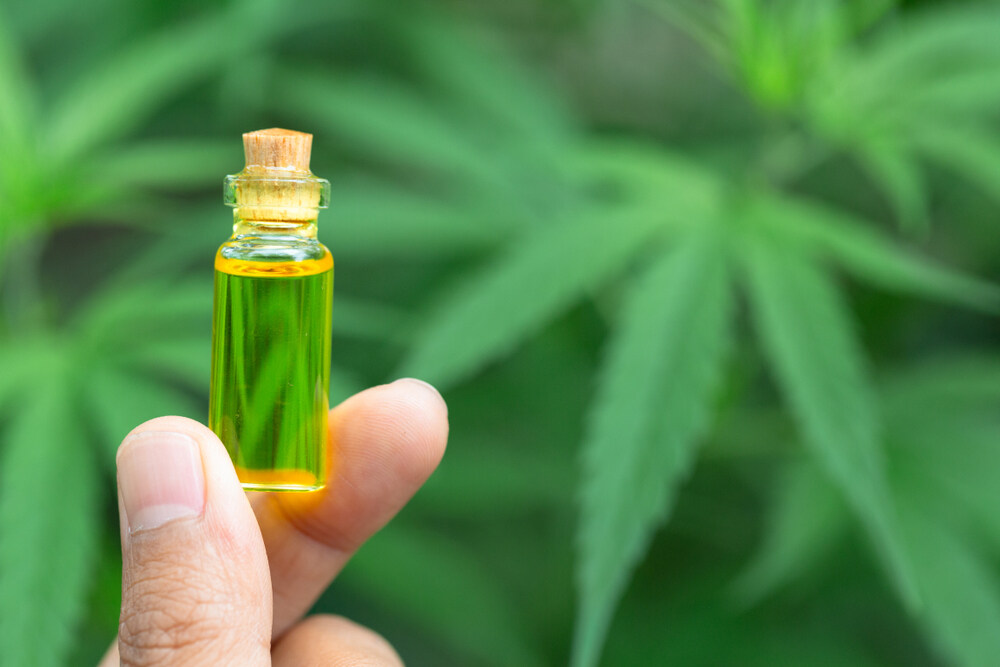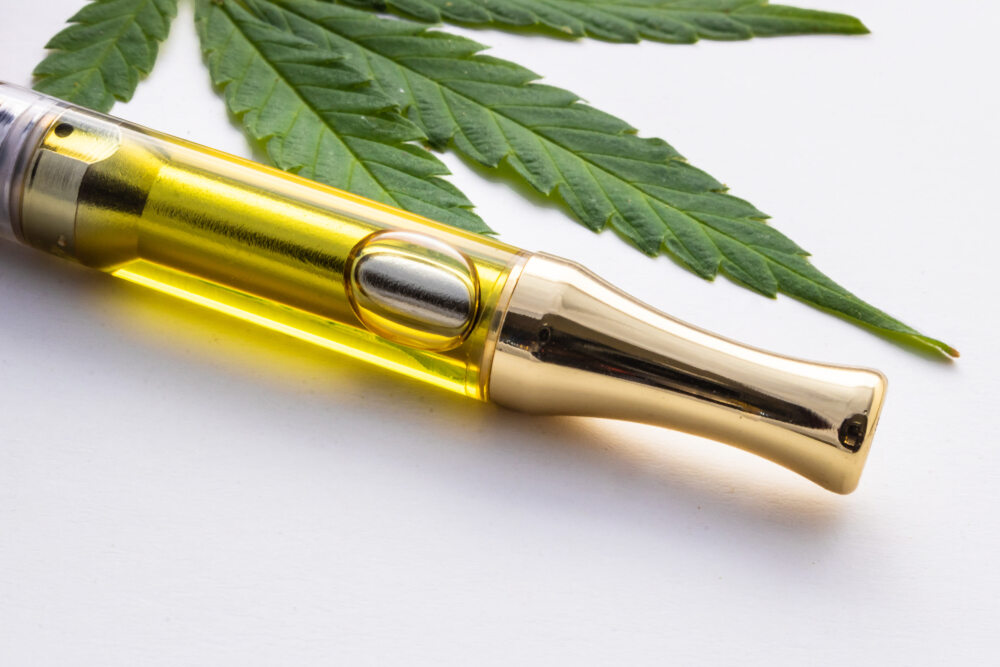The Best Fluffy Pancakes recipe you will fall in love with. Full of tips and tricks to help you make the best pancakes.

How to Make Cannabis Distillate
If you’ve ever been curious about creating your own cannabis distillate, you’re in the right place. This guide will walk you through each step, from understanding what cannabis distillate is to producing a high-quality, pure product right at home. Cannabis distillate is highly potent, refined, and versatile, making it a favorite in edibles, vape oils, and even topicals. Let’s dive into the world of distillates so you can become a pro at creating this impressive concentrate.
Understanding Cannabis Distillate
Cannabis distillate is one of the purest forms of cannabis extract, often reaching up to 90% THC or CBD. It’s created through a meticulous process that removes impurities, terpenes, and other compounds, leaving only the cannabinoids. Because it’s so pure, distillate has little flavor or aroma, making it ideal for infusing into other products.
What is Cannabis Distillate?
Cannabis distillate is a concentrated oil stripped down to pure cannabinoids, often THC or CBD. This means all plant matter, waxes, lipids, and terpenes are removed. As a result, it’s odorless, tasteless, and highly potent, with THC or CBD content that can soar up to 90%.
Key Benefits of Cannabis Distillate
The benefits? First off, potency. Cannabis distillate is super strong and efficient, requiring only a tiny amount for a powerful effect. Second, it’s flexible; you can use it in edibles, vape cartridges, or topicals. And finally, because it’s stripped of terpenes, it won’t alter the taste of anything you add it to.
Uses of Cannabis Distillate in the Cannabis Industry
Cannabis distillate’s versatility makes it a superstar. Here’s where you might see it pop up:
- Edibles: No taste alteration, just pure potency.
- Vape cartridges: Distillate is perfect for vapes because it’s smooth and doesn’t clog up easily.
- Topicals: Since it’s nearly pure, it’s ideal for infusing into skincare and wellness products.

The Science Behind Cannabis Distillation
Producing distillate involves more than just “extracting” cannabis. Distillation is all about refining and isolating cannabinoids in a process that removes impurities and concentrates the active compounds.
How Cannabis Distillation Works
Cannabis distillation uses heat to vaporize and separate compounds from the plant material. Each component has a different boiling point, so when we heat the extract, cannabinoids are separated from other compounds, leaving a pure end product.
Importance of Cannabinoid Isolation
Isolating cannabinoids is key to making distillate. By isolating THC or CBD, you’re left with a product that’s pure and powerful, containing only the cannabinoid you’re after without other substances clouding the effects.
Role of Decarboxylation in Distillate Production
Decarboxylation activates THC and CBD, turning them from raw compounds into active ones. Heating the cannabis before distillation “unlocks” the psychoactive effects of THC or the therapeutic potential of CBD, making the distillate effective.
Required Equipment and Materials for Making Cannabis Distillate
Ready to try making your own distillate? It starts with gathering the right equipment and materials. This isn’t something you can whip up with kitchen gear—you’ll need specialized equipment for precise results.
Essential Equipment (Short Path Distillation, Wiped Film Distillation)
For distillation, short path and wiped film distillation setups are ideal. Short path is compact, great for smaller batches, while wiped film is better for larger, commercial operations due to its efficiency and speed.
Solvents and Materials Needed (Ethanol, CO₂, etc.)
Solvents like ethanol and CO₂ are commonly used in the extraction process to isolate cannabinoids. Ethanol is often preferred for its ability to extract a broad range of compounds, while CO₂ is used for its clean, pure results.
Safety Equipment and Precautions
Safety first! You’ll need gloves, goggles, and a well-ventilated space. Solvents are flammable, so handling them carefully is a must. Also, make sure you have proper ventilation to avoid inhaling any fumes.
Step-by-Step Guide to Making Cannabis Distillate
Here’s where the magic happens. Creating cannabis distillate involves several steps, each one crucial for a clean, potent end product.
Preparing the Cannabis (Initial Steps and Grinding)
Start by grinding your cannabis to expose more surface area, which will make the extraction process more efficient. Don’t grind it too fine, as it could clog the equipment.
Decarboxylation Process: Activating Cannabinoids
Preheat your cannabis to activate THC or CBD. This is decarboxylation, and it’s a vital step before you can start distilling. This step “unlocks” the psychoactive or therapeutic effects of your distillate.
Winterization: Removing Unwanted Compounds
Winterization is where we remove unwanted fats, waxes, and lipids. By soaking the extract in ethanol and freezing it, impurities solidify, making it easy to filter them out for a cleaner product.
Filtration and Purification: Creating Pure Oil
After winterization, it’s time to filter out the solidified fats and impurities. This step ensures the extract is as pure as possible before it’s distilled.
Distillation Process: Final Steps to Cannabinoid Isolation
In the final step, we distill the cannabis oil by heating it to the boiling point of the desired cannabinoids. This isolates THC or CBD, creating a clear, potent oil.
Methods of Extracting Cannabinoids for Distillation
Cannabis distillate starts with a good extraction method. Choosing the right one depends on your goals and the quality you want.
Ethanol Extraction Explained
Ethanol extraction is a popular method for its simplicity and effectiveness. The cannabis is soaked in ethanol, which pulls out cannabinoids and terpenes, and is then filtered and distilled.
Supercritical CO₂ Extraction Process
Supercritical CO₂ extraction is high-tech but incredibly effective. CO₂ acts as a solvent under specific temperatures and pressures, creating a clean, potent extract without leftover chemicals.
Solvent-Based vs. Solventless Extraction Techniques
Solvent-based methods (like ethanol) use chemicals to extract cannabinoids, while solventless techniques (like rosin pressing) rely on heat and pressure. Solvent-based methods are often more efficient, but solventless options are cleaner.
Tips for Producing High-Quality Cannabis Distillate
Want top-shelf distillate? These tips can help you achieve a pure, potent product.
Ensuring Terpene Preservation During Distillation
To keep terpenes intact, consider adding them back after distillation. Terpenes can be sensitive to heat, so reintroducing them preserves flavor and aroma.
Maximizing THC and CBD Potency
For maximum potency, control temperature precisely and avoid over-processing. This keeps THC or CBD levels high in the final product.
Avoiding Common Mistakes in Cannabis Distillation
Mistakes happen! Some common errors include overheating (which can degrade cannabinoids) and improper filtration (leading to cloudy oil). Stick to the steps to avoid these pitfalls.
Common Applications of Cannabis Distillate
Cannabis distillate isn’t just versatile; it’s everywhere! Here’s how you can use it.
Using Distillate in Edibles
Distillate is ideal for edibles because it’s flavorless and packs a punch. Just a small amount can add powerful effects without affecting the taste.
Incorporating Distillate in Vape Products
Distillate’s high potency and purity make it perfect for vape cartridges. It’s smooth, efficient, and won’t clog up your pen.
Topical Applications of Cannabis Distillate
Since it’s pure, distillate is easy to add to topical products. It’s ideal for skin applications, as it won’t irritate and allows for targeted effects.
FAQ:
What is the difference between cannabis distillate and other concentrates?
Cannabis distillate is purer than other concentrates, with nearly all compounds removed except THC or CBD, making it odorless and flavorless.
Can I make cannabis distillate at home?
Yes, but it requires specialized equipment and safety precautions due to the solvents and heat involved.
How long does the cannabis distillation process take?
It depends, but distillation usually takes a few hours, including decarboxylation and winterization.
What is the potency of cannabis distillate?
Cannabis distillate typically has 85-90% THC or CBD, much higher than most other concentrates.
Why is winterization important in making cannabis distillate?
Winterization removes fats, waxes, and impurities, creating a cleaner, smoother final product.
Making cannabis distillate isn’t complicated, but it does require some know-how and the right equipment. Once you’ve mastered the basics, you’ll have the freedom to create your own high-quality, potent distillate, ready to add to whatever you like—from edibles to vapes and beyond. Enjoy the journey and remember, it’s all about having fun and getting creative with your cannabis!




